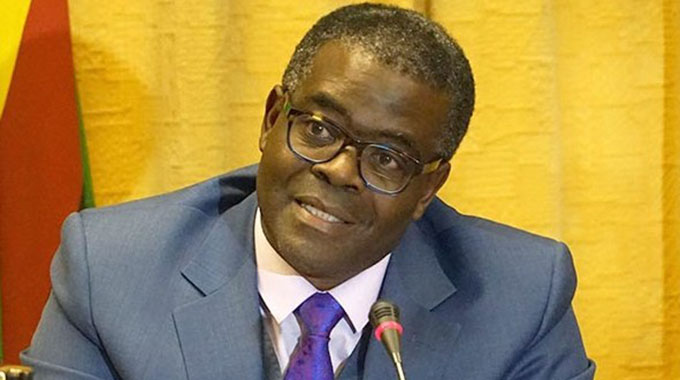
So as more and more solar stations are added to the grid they can take an even higher percentage of the daylight load, allowing Zesa to cut back at Kariba during daytime and store that water so more generators can be used during the early morning and late evening peaks and during the night.
Thanks to the huge capacity of Kariba Dam and the fact that Kariba South with its extensions can never run full tilt 24-7, Zesa in effect, has a huge free battery. So the opportunities are huge.
We have had a difficult start to large scale generation, with licences issued, but not used and a major never-built project now the subject of dispute with both criminal and civil court cases probable.
But some investors were honest, getting a licence and then starting the work and installing the panels.
Recently, Minister of Energy and Power Development Fortune Chasi and a team of his officials visited the Harava and Nyabira solar power stations, still under construction, and Nyabira already generating from one of the 10 planned banks of panels.
Going out and checking sites physically helps in the monitoring and evaluation of our vital energy projects.
More importantly, the minister is making it clear that there are honest efficient Zimbabweans involved in solar energy, business people more interested in doing rather than talking.
Publicising the work of his ministry’s officials and Zesa experts, who have obviously been monitoring the stations, also helps the new practical approach of the Zimbabwean Government. Financiers are very interested in understanding progress being made on solar projects in the name of transparency and accountability in project financing.
Feedback of project implementation can help to open up gates to more capital investment in the energy sector.
Implementing partners such as Centragrid at the Nyabira solar power plant and the Harava Solar company can also share the challenges they are facing with the Government and find lasting solutions to the barriers they may be encountering in the construction of the solar plants.
In addition, constant checks help to build mutual understanding between the Government and private sector players in the energy sector.
Other key stakeholders could then also appreciate the risk energy profile and operational details which are involved in the capital intensive energy sector.
The progress at these two stations contrasts with the lack of progress elsewhere. The Intratrek-led construction of a 100 megawatt Gwanda solar station is a bad blot. Either contracts must be enforced or a new investor is given an opportunity.
Gwanda is an area which enjoys the greatest sunshine levels in the country and follow-ups to end the dispute by Minister Chasi could clear the way for this project to start.
Continued court battles will not help the nation and everything must be done quickly to resolve the matter so that the project proceeds.
The Zimbabwe Energy Regulatory Authority (Zera) has processed applications to build 39 solar power stations that have capacity to generate up to 1 151,87MW.
Yet work has yet to start on most, and Minister Chasi was clearly irritated by those who want a licence to sell later, but without risking or spending a single dollar now.
At present, there are six operational solar projects that are delivering 7.47MW into the grid, a small contribution, but with more than 40MW more coming on line fairly soon from the two larger stations where daily progress is being made.
Big stations have to feed into the national grid for several reasons, the most important being that solar is intermittent, only being generated when the sun is shining, which is not always the most convenient time.
This is why the Harava and Nyabira schemes are both going to feed the national grid, rather than give local households lights in the daytime, but not at night.
However, having Zesa infrastructure in the areas means that it is easy to connect these local households to the grid, so they do not lose out.
But offline smaller stations are useful for things like irrigation schemes where pumped water can be stored or where irrigation need not be continuous.
One example is the Mashaba solar-powered mini-grid which was funded through a four year €7.1 million project for Zimbabwe and Malawi under the European Development Fund, the main instrument for European Union aid for development cooperation in Africa, the Caribbean, and Pacific countries.
More than 10 000 people are now benefiting from Zimbabwe’s first solar-powered mini-grid in Gwanda rural district giving farmers a much cheaper and reliable energy source.
The project was implemented by a consortium of NGOs with Practical Action as the lead partner supported by SNV Netherlands Development Organisation, Hivos and the Dabane Trust.
So there is room for a flexible approach to solar, from the tiny installations at homes and factories, which include expensive batteries, through the small off-grid community schemes largely for irrigation, to the large stations that use Lake Kariba as their free battery.
